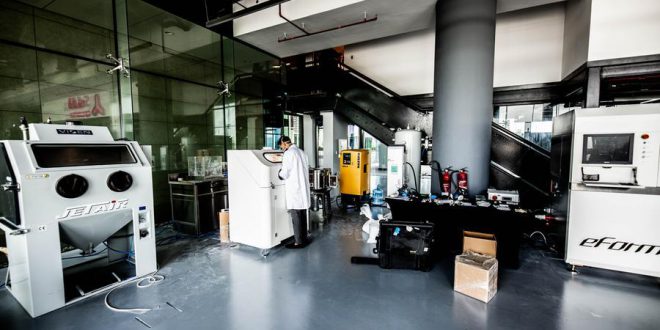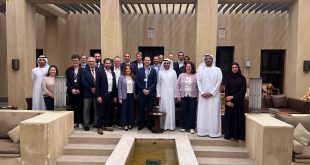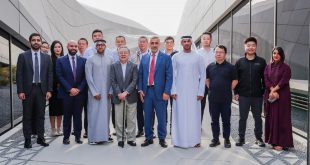Sharjah: The Sharjah Research, Technology and Innovation Park (SRTI Park) is on track to become the region’s largest and most advanced 3D printing technology platform, with major international companies and specialized startups establishing their presence there.
SRTI Park, the incubator of futuristic technologies, features large multidisciplinary laboratories offering cutting edge technologies and the most advanced industrial machines in the field of 3D printing.
Among the global players is General Electric (GE), the American industrial and technology giant, which is operating within SRTI’s additive manufacturing unit through a number of advanced devices; and 3DTIV Tech, a division of Modest Company Group, which has been providing a range of products and services to companies in the MENA region, including clients in the oil, gas and construction industry for several years.
Driving the forward-looking companies is SRTI Park’s Sharjah Open Innovation Lab (SOILAB), the first applied incubator for start-ups and innovative companies to create prototypes, in addition to the Middle East Center for Additive Manufacturing, which was launched to advance the UAE’s goal of becoming a global hub for 3D printing.
His Excellency Hussain Al Mahmoudi, CEO of SRTI Park, says: “It is very clear that 3D printing is revolutionizing global manufacturing process. Therefore companies must innovate to adapt to this technology, and we at SRTI Park are working dynamically to make this complex a global reference for 3D printing technology or what is called additive manufacturing.
“3D printing is one of the most advanced technologies of our time, and it contains the solutions to many business challenges. Its transformative approach to industrial production enables the creation of parts and systems that are cheaper, bespoke, lighter, and stronger. We are therefore excited about the entry of new-age companies and startups into SRTI Part to conduct their business operations,” Al Mahmoudi added.
3DTIV Tech, as part of its mission to provide hands-on exposure to 3D technologies, conducts regular sessions to provide in-depth insights into 3D printing processes in several categories (Design using Farsoon Technologies, 3D Printing using Polymer Materials Based on Selective Laser Sintering Powder (SLS) and demonstration of 3D printing using SLS.
3D Printing or Additive manufacturing is the process of creating an object by building it one layer at a time. It can build 3D objects by adding layer-upon-layer of material, whether the material is plastic, metal, concrete. This system differs from molding and sculpting systems, which waste more than 90% of the material used in manufacturing, and 3D printers, are usually faster, more economical and easier to use than other manufacturing technologies
3D printing is also used to make parts of medical equipment, personal protective equipment, and ventilators. In the power and utilities sector, 3D printers are used to manufacture parts for power generation, transmission, and distribution. It is also used in the aerospace and aerospace industries, in addition to being used in the creation of vital parts and components. It has also become a reality in the printing of cars and homes.
According to an international survey conducted in February 2022, the overall 3D printing market will grow by 24% to reach $44.5 billion by 2026, and 68% of engineering businesses surveyed said they used 3D printing more in 2021 than in 2020.
One of the sectors that will make significant gains from this technology is the healthcare industry. This is a result of the growing application of 3D printing technology as it has gained popularity in the medical areas such as orthopedics, printing patient-specific body parts and organs using data from CT scans and MRI scans as well as replicating patients’ anatomical structures.
There is also an amazing growth in the demand for 3D printing in the automotive industry as it continues to innovate in creating components and patterns for metal castings, parts and other vehicle components.
SRTI Park, as part of its ambition to be the hub for 3D printing technology, has built a unique structure on its premises using 3D- technology, which is one of the latest technologies of the Fourth Industrial Revolution related to construction. The project brought to fruition vibrant collaboration between the government, private and academic sectors, involving a group of research students from the College of Engineering at the American University of Sharjah.






